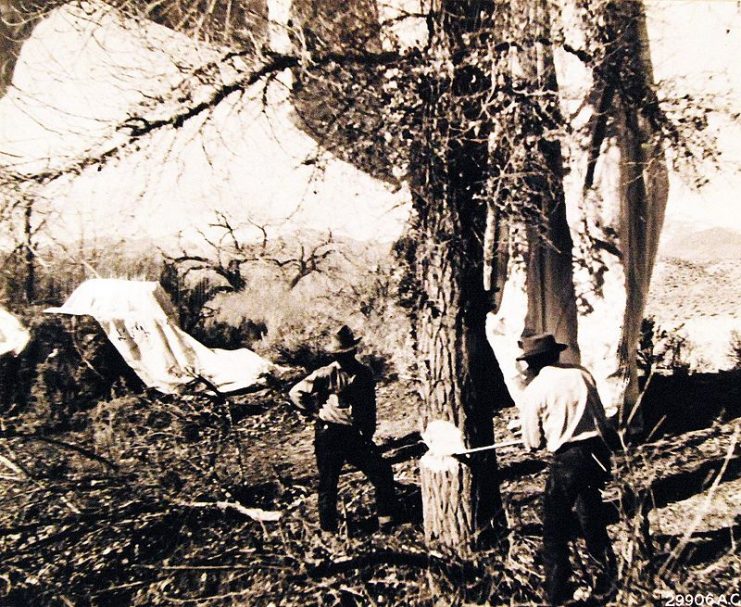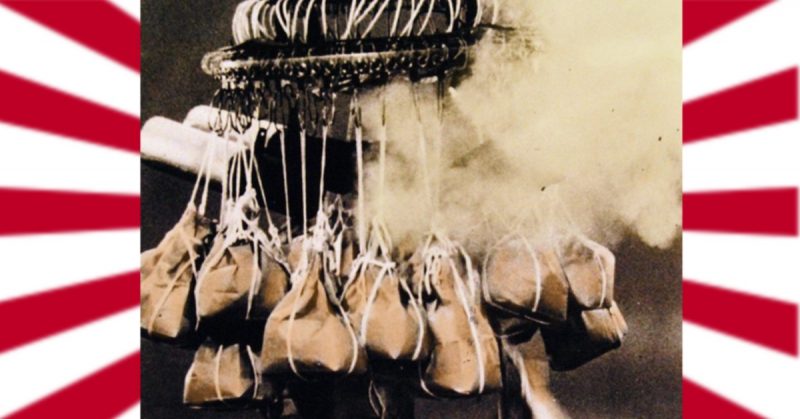On November 3, 1944, Japan released “fūsen bakudan,” or balloon bombs, into the Pacific jet stream. They each carried four small bombs and one thirty-pound high explosive bomb. Indeed Japan’s latest weapon, the balloon bombs were meant to cause damage and spread panic in the continental United States.
The balloons would claim six American lives on May 5, 1945, but they were generally a military failure, and the operation was halted in April 1945.
The Japanese decided to make use of balloon bombs in retaliation for the Doolittle raid, which proved Japan to be vulnerable to American air attacks. The 9th Military Technical Research Institute, better known as the Noborito Research Institute, was charged with finding a way to bomb America.
The Noborito Research Institute, famous for creating clandestine and unconventional weapons, pioneered the idea of the “Fu-Go” balloon bombs after an eastward jet stream was discovered at an altitude of about 30,000 feet. This wind arose in winter months, so they decided to harness its power for the war effort.
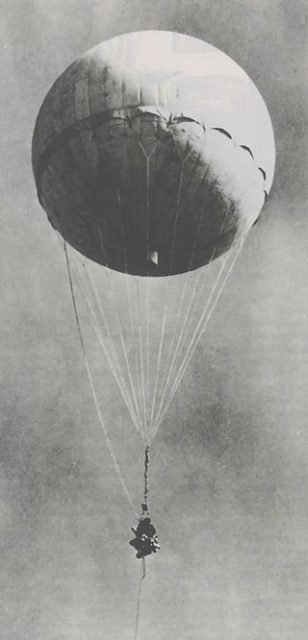
After determining that a single balloon could travel on an average of 60 hours on the jet stream and successfully reach the United States, they wasted no time in mass producing 10,000 balloons in preparation for the winter winds of 1944 and 1945.
Having lost their aircraft carriers and dominance in the Pacific Ocean, the balloon project was a welcome suggestion to the Japanese government. The balloons are described by experts as the first intercontinental weapon.
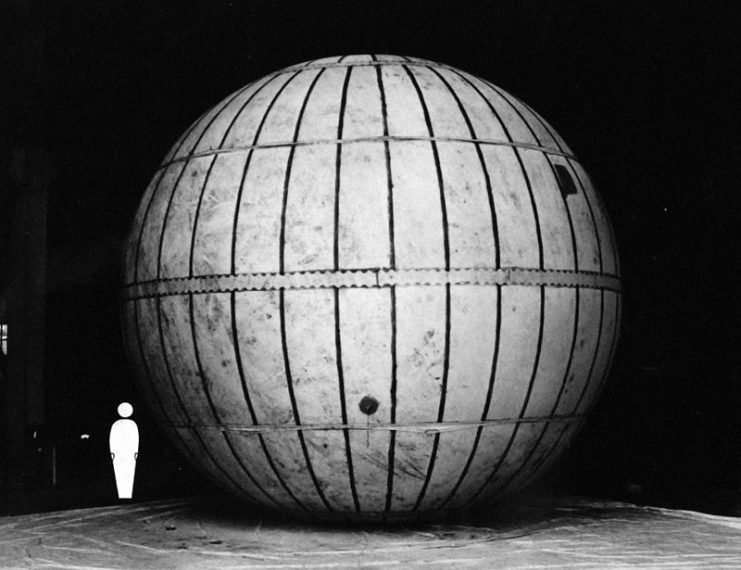
Filled with hydrogen, the balloons were 33 feet in diameter, and their altitude was cleverly controlled by a system that released sand-filled ballast bags in pairs. This would help each balloon increase altitude and maintain its balance when it dropped below 30,000 feet. Whenever one rose above 38,000 feet, it would release some hydrogen to drop its altitude. This would continue until the sandbags were depleted, and then the balloon would drop its deadly payload to the earth beneath.
From November 1944 to April 1945, the Japanese released about 9,000 balloons. Only three hundred were sighted in the United States, mostly along the Pacific Coast, although some traveled far inland as far as Michigan.
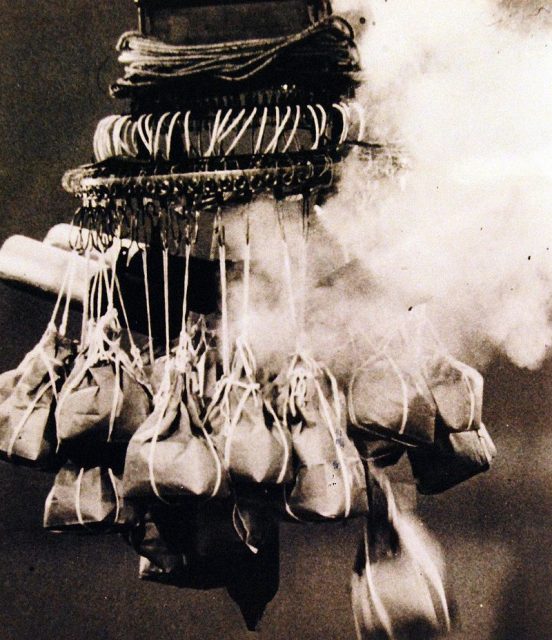
The Japanese intended for the balloons to detonate over the forested regions of America and start wildfires, distracting the U.S. from the war as it tried to combat fires at home.
The balloons were made of washi, a traditional Japanese paper made from the bark of the kozo tree. Schoolgirls from nearby schools were the labor force that created the balloons, as part of the total war effort preached by the Japanese Empire. The girls, however, had no clue what they were making.
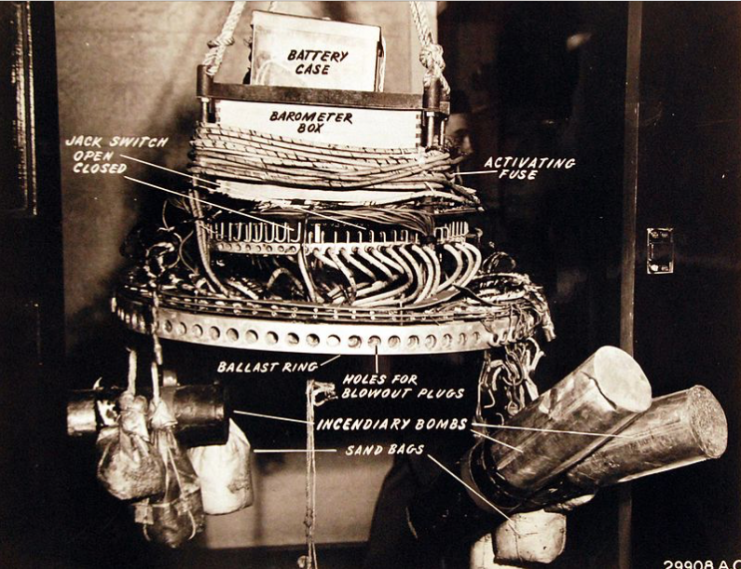
Finally, on that fateful Friday of November 3, 1944, which also happened to be the birthday of former Emperor Meiji, the first of the balloons were launched. However, launching proved to be very difficult–the process to prepare one balloon for flight took 30 minutes to an hour, and demanded about thirty men.
Also, the balloons could only be launched during certain wind conditions. In the months of November to March, there were only 50 favorable days expected, in which the Japanese would be able to launch no more than 200 of the intercontinental weapons per day from their three launch locations.
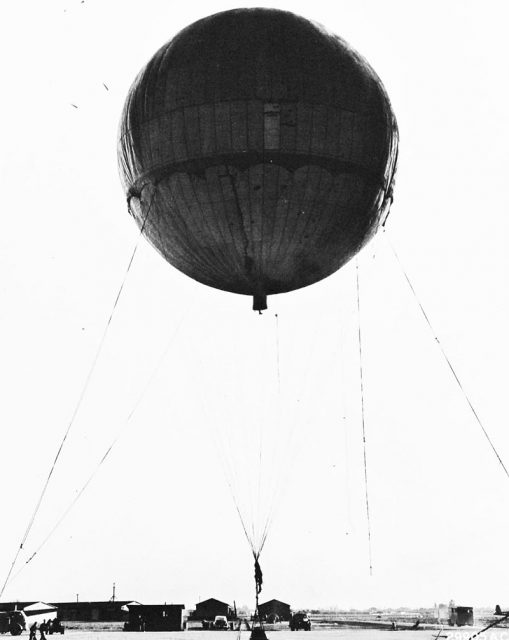
Though the launches were top secret, once released, the balloons were not hidden to those living nearby. Eyewitnesses gave accounts of seeing these “giant jellyfishes” drift off into the sky.
Exactly two days after the first launch, a U.S. Navy patrol off the coast of California spotted some beat-up cloth in the sea. Upon retrieving it, they noted its Japanese markings and warned the FBI.
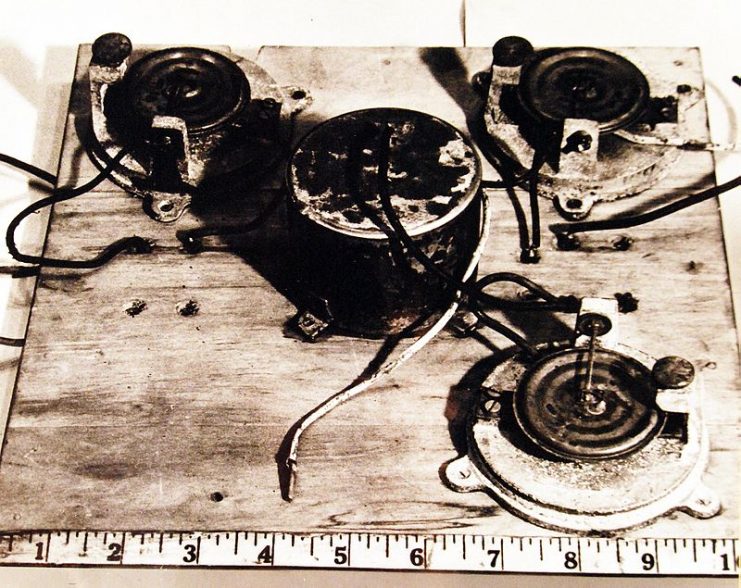
It was not until two weeks later, when more debris from the balloons were found at sea, that the U.S. military understood its importance. Then, over the next four weeks, reports of the balloons popped up all over the western half of America, as Americans began finding the balloon cloth or hearing explosions.
The military’s reaction was one of immediate concern. Little was known about the purpose of these balloons at first, and the military worried that they carried weapons like poisons or diseases. They suspected that the balloons were being launched from nearby Japanese relocation camps, or German prisoner-of-war camps.
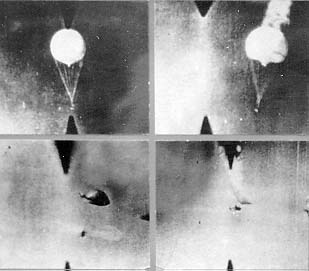
Because the military was worried that reports of these balloon bombs would cause panic among Americans, in the end it was decided that the best course of action was to stay silent.
On May 5, 1945, Pastor Archie Mitchell, his pregnant wife Elsie, and five other children went to Gearhart Mountain in the Fremont-Winema National Forest for a picnic. Upon getting there, the children alighted from the car and began playing on the rocky landscape–where they immediately discovered a deflated balloon.
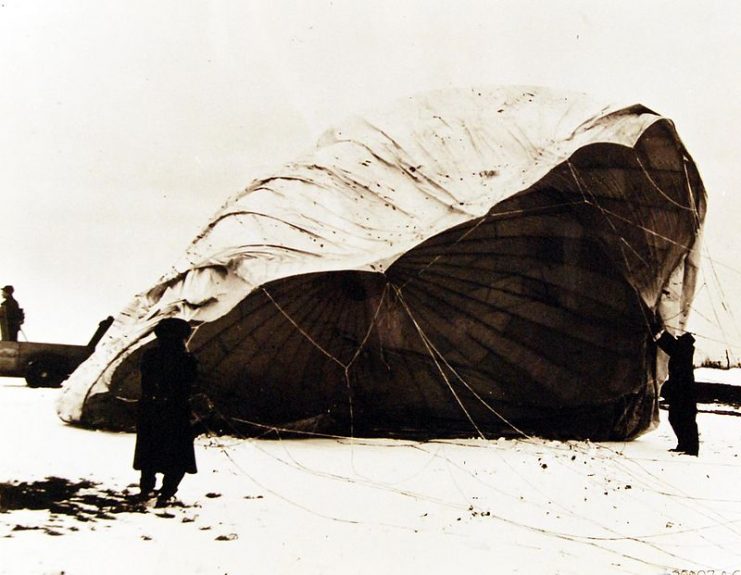
They thought it to be just that, but it was unlike any other balloon they had ever seen. Trying to examine it further, the children reached too far and the balloon exploded, killing the five children and pregnant Elsie. Mitchell only survived because he was trying to park the car properly at the time of the explosion.
The deaths of Elsie and the five children are the only ones recorded as a result of the fire balloons on American soil during World War II. This was an incident that may have been avoided if the American government had warned its citizens of the deadly balloons.
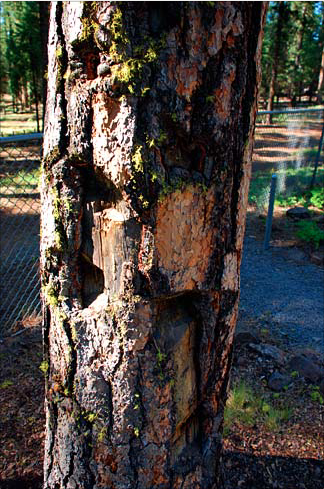
The only upside to the decision of the U.S. government to withhold information from the American public was that the Japanese government ceased funding the project, since news of the balloons’ arrival on U.S. soil or of their impact never reached Japan. However, after the tragic case of the Mitchell family, the U.S. government thought it best to enlighten the citizens.
The Military Geology Unit (MGU) of the U.S. was tasked with investigating the samples of sand recovered from the balloon payload.
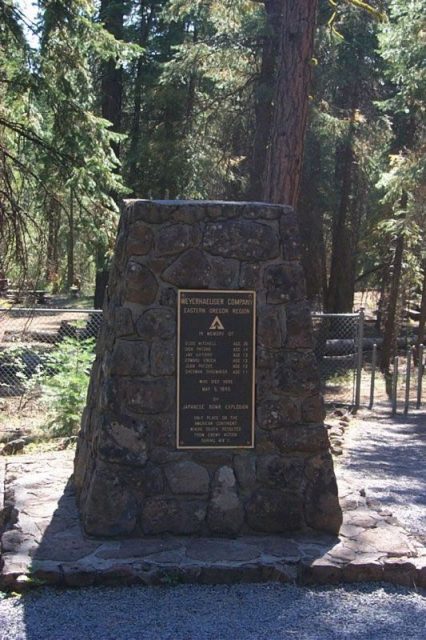
The work of the MGU identified Japan as the source area for the sand and therefore the most likely point of origin for the balloons. Once that was determined, photo reconnaissance identified two plants producing hydrogen for the project in the vicinity of Ichinomiya. These plants were conclusively destroyed by American B-29 bombers in April 1945.
